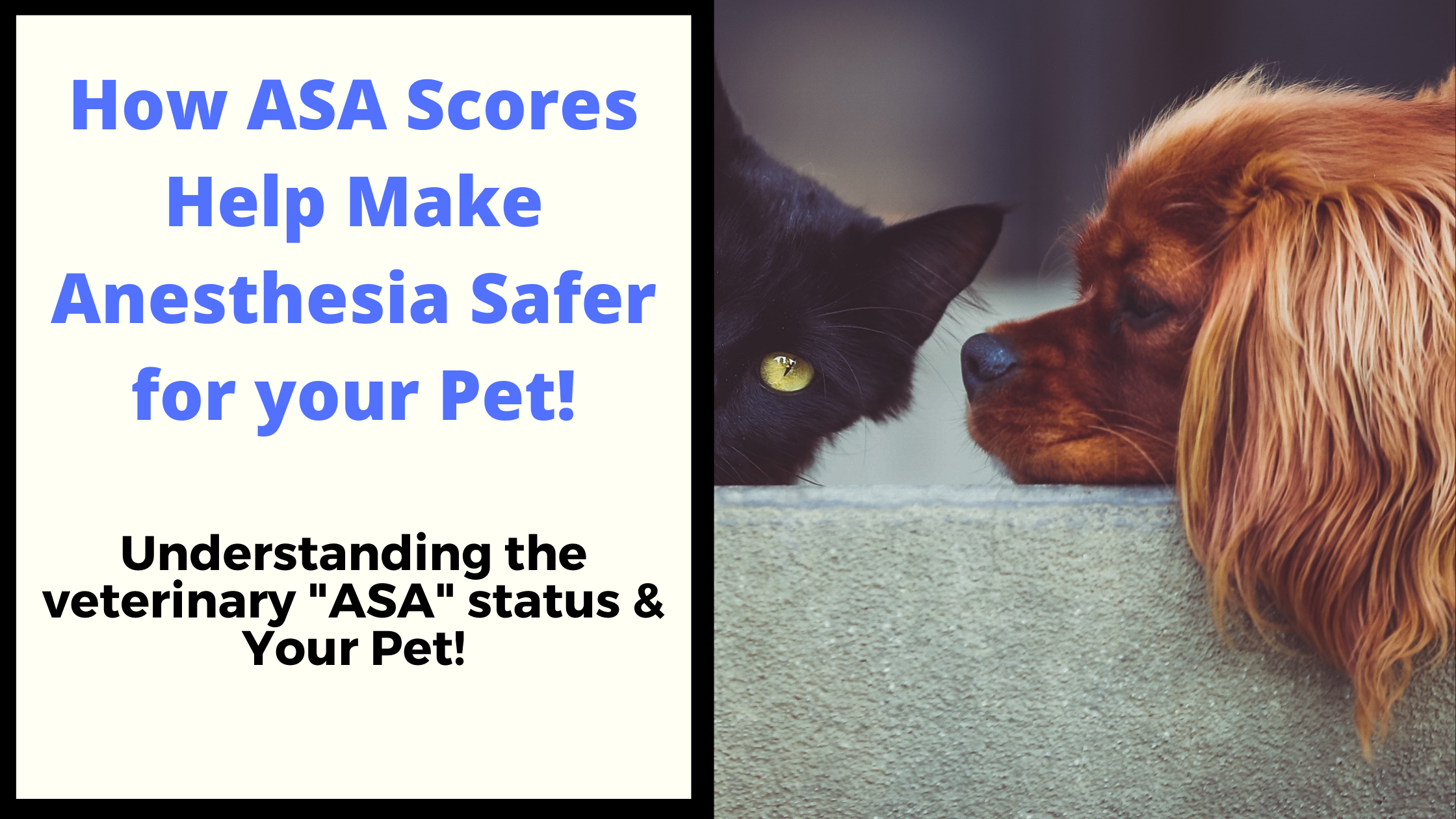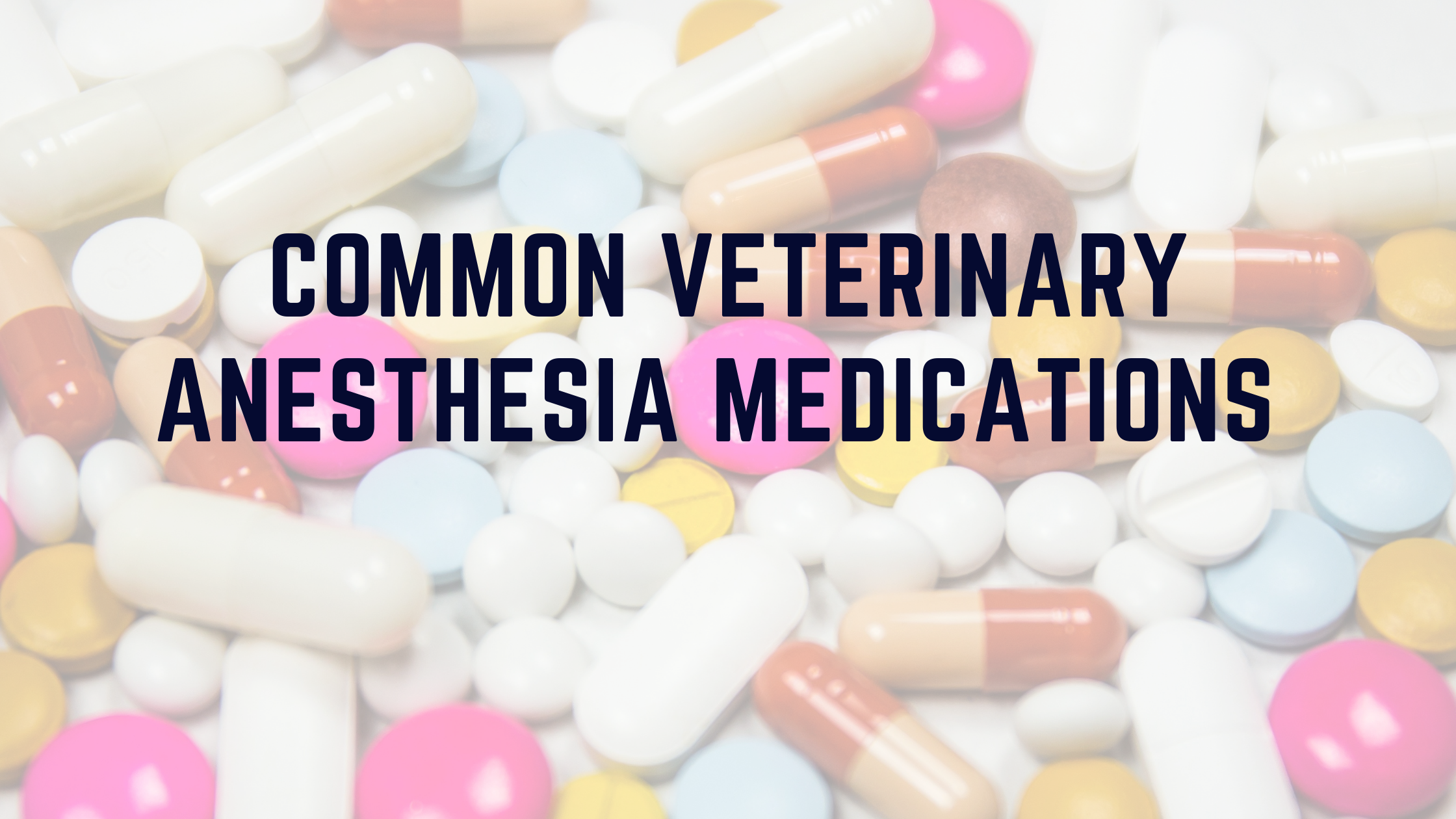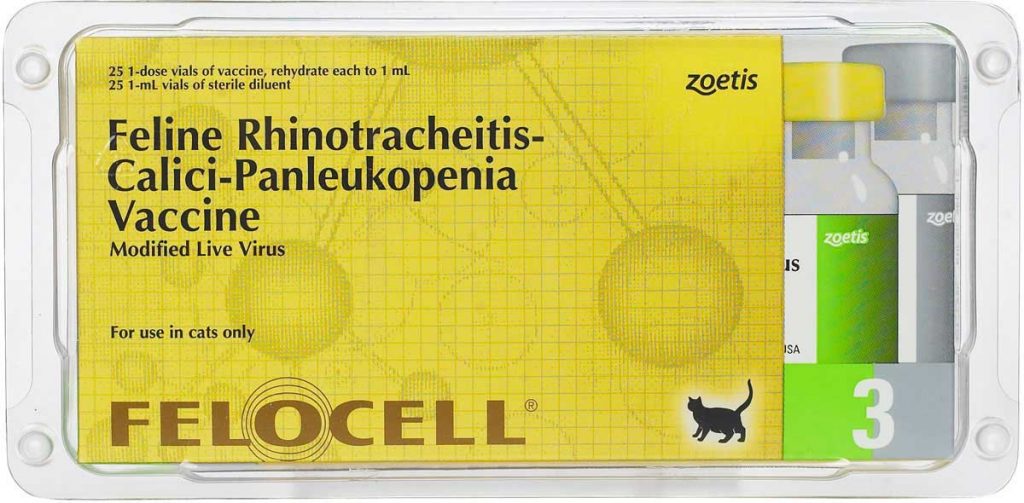Having trouble affording veterinary care? Help is out there!

Especially with COVID-19 and these uncertain times it can happen to anyone! If you are having financial restraints and need help covering veterinary care/costs (or caring for your pet in general) there are programs out there to help you out! Check them out to see if you qualify!
Disclaimer: Bifford for President has NO connection to these organizations/programs and have no weight in each programs approval/denial process. If you have questions pertaining to a specific program please contact them DIRECTLY.
I also listed organizations in Ohio & PA since we are located in Northeast Ohio but also listed nationwide organizations that can also help!
- The Big Hearts Fund (Financial assistance for the diagnosis & treatment of canine/feline heart disease) bigheartsfund.org
- The Binky Foundation binkyfoundation.org
- Brown Dog Foundation (prescription medications) browndogfoundation.org
- Canine Cancer Awareness caninecancerawareness.org
- Cats in Crisis catsincrisis.org
- Alley Cat Allies alley.org
- Best Friends Animal Society bestfriends.org
- Care Credit carecredit.com
- Diabetic Pets Fund petdiabetes.net/fund/
- Extend Credit extendcredit.com
- Fairy Dog Parents fairydogparents.org
- Feline Outreach felineoutreach.org
- Feline Veterinary Emergency Asst. Program fveap.org
- Gracie’s Mission graciesmission.org
- PetsMart Charities petsmartcharities.org
- Pigger’s Pals piggerspals.org
- United Nations LifeLine Fund uan.org
- The Riedel & Cody Fund riedelcodyfund.org
- The Perseus Foundation (Cancer) perseusfoundation.org
- New York Save nysave.org
- Land of Pure Gold Foundation landofpuregold.org
- Humane Society of United States hsus.org
- The Dog & Cat Cancer Fund dccfund.org
- God’s Creatures Ministry Veterinary Charity all-creatures.org
- Help-A-Pet help-a-pet.org
- IMOM IMOM.org
- Magic Bullet Fund (Cancer-Specific) themagicbulletfund.org
- The Mosby Fund themosbyfoundation.org
- The Onyx & Breezy Foundation onyxandbreezy.org
- Paws 4 A Cure paws4acure.org
- Pet Food Bank petco.com
- Pet Food Stamps petfoodstamps.org
- The Pet Fund thepetfund.com
- Pets of the Homeless (pet food & veterinary care for homeless) petsofthehomeless.org
- RedRover Relief redrover.org
- Rose’s Fund rosesfund.org
- Shakespeare Animal Fund shakespeareanimalfund.org
- Top Dog Foundation “Bentley Grant” topdogfoundation.org
- ScratchPay ScratchPay.com
OHIO
- Angels for Animals: Canfield (Pet Food, Spay/Neuter Assistance) angelsforanimals.org
- The Bummer Fund: Columbiana, Mahoning & Trumbull Counties (Veterinary Assistance) bummerfund.org à Susan Sexton (330) 519-3152
- Applications, please fax to TESS TESSIER
- Humane Ohio: Toledo (Spay Assistance) humaneohio.org
- Jake Brady Memorial Fund (Veterinary Assistance) myjakebrady.com
- MedVet Good Sam Fund: Columbus & Cincinnati (Veterinary Assistance) medvetfoundation.org
- The Neuter Scooter: Multiple Locations (Spay/Neuter Assistance for Cats) neuterscooter.com
- Paws with Pride: Uniontown (Temporary Foster Program) pawswithpride.org
- Pet Guards Clinic: Cuyahoga Falls (Assistance for veterinary care, spay program & vaccines) petguards.com
- PetPromise: Columbus (Pet Food) petpromise.org
- Society for the Improvement of Conditions for Stray Pets: Kettering (Temporary Foster/Spay Assistance) sicsa.org
- Stop the Overpopulation of Pets: Mansfield (Spay Assistance) petfinder.com/OH130
PENNSYLVANIA
- Action for Animals Humane Society: Latrobe (Spay Assistance) members.petfinder.org/~PA60
- Animal Care & Assistance Fund (Veterinary Care) animalcarefund.org
- Animal Friends: Pittsburgh (Pet Food/Spay Assistance) thinkingoutsidethecage.org
- The Animal Rescue of Western PA (Veterinary Care) animalrescue.org/clinic
- Forgotten Cats, Inc.: Willow Grove (Spay/Vaccine Assistance) forgottencats.org
- Humane Society of Berks County: Reading (Food/Veterinary Assistance) berkshumane.org
- Humane Society of Westmoreland County: Greenberg (Spay/Vaccine Assistance) petfinder.come/hswcgbg
- Spay/Neuter Assistance Program Inc,: Harrisburg (Low Cost Spay) snapofpa.org
- Washington Area Humane Society: Pittsburgh (Spay/Veterinary) washingtonpashelter.org
- Western PA Humane Society: Pittsburgh (Spay/Veterinary) wpahumane.com
- Wilkes Barre Animal Hospital: Wilkes Barre (Spay- Cats) kathio.com/spayneuterinfo




